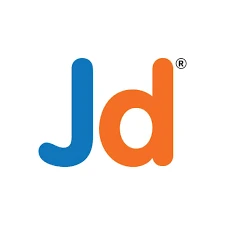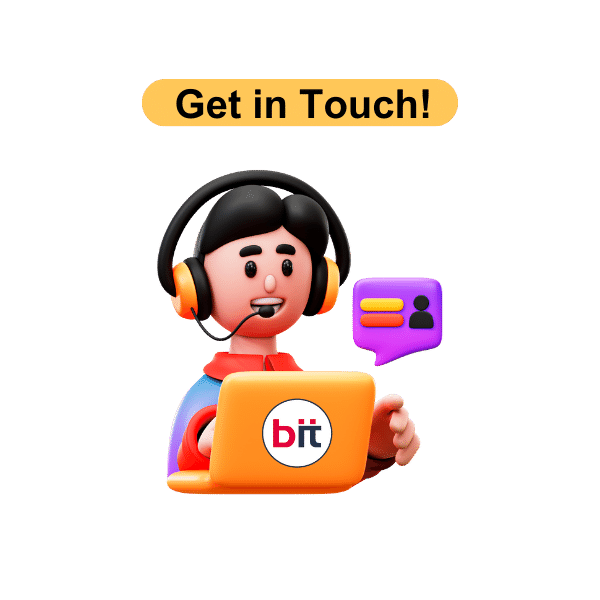|| Diploma in Computer Application Certification Course
The Diploma in Computer Application (DCA) Course offers extensive, job-oriented training in essential computer skills and applications, covering a broad spectrum of subjects to ensure career readiness and placement success. The curriculum includes MS Office for document creation, data analysis, and presentations; Tally Prime for accounting and inventory management; and C programming for foundational software development skills. Additionally, it covers graphic design using Adobe Photoshop and CorelDRAW, web design with HTML, CSS, and JavaScript, and spoken English to enhance communication for workplace success. The course also includes hardware and networking fundamentals, preparing students for technical support and IT roles, while ensuring strong job placement opportunities through industry-relevant training.
The DCA course provides numerous placement benefits, making it a valuable investment for aspiring IT and business professionals. By offering a diverse, employability-driven skill set, it opens up multiple career opportunities in IT, business, and technical support sectors. The hands-on approach ensures students gain practical experience aligned with industry demands, preparing them for real-world job roles. The spoken English and interview preparation modules boost confidence for placement drives and professional growth. Overall, the DCA course equips students with the skills, certification, and placement support needed to launch a successful career in the competitive IT and business industries.
Please contact the nearest BIT training institute or send an email to inquiry@bitbaroda.com with any additional questions you may have regarding our Basic Computer training course. We offer a free demo by calling us at +91-9328994901. We offer top-notch Diploma in Computer Application (DCA) Course in Vadodara-Sayajigunj, Vadodara - Waghodia Road, Vadodara - Manjalpur, Ahmedabad, Anand, and Nadiad.



 4.8 (21,636) reviews
4.8 (21,636) reviews


 Read more
Read more 
